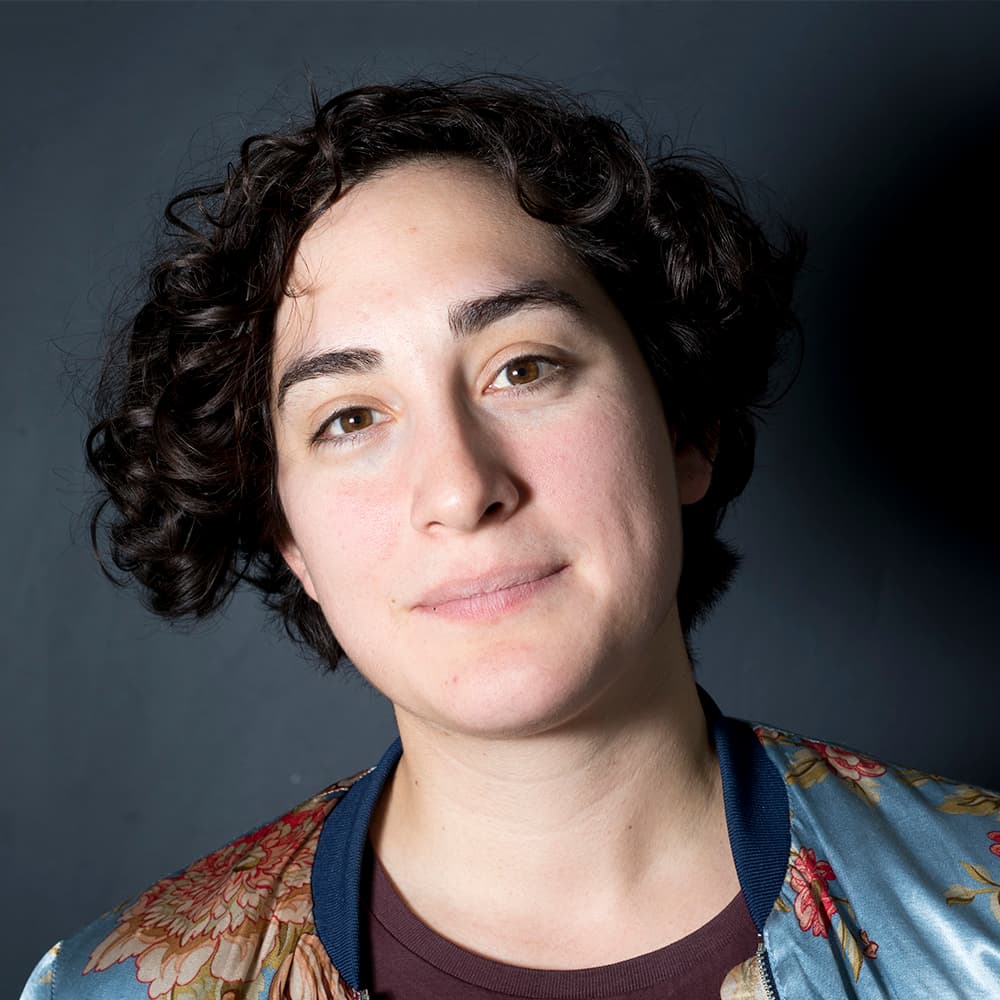
Over the course of four years, RTD has sold 11 parcels for a total of more than $41 million.
And the agency has more surplus property that likely will be sold in the coming years, says Susan Altes, RTD manager of real property. Right now, it's about 132 acres spread out over about 25 properties.
"In the last several years, we've acquired over a thousand properties," Altes said.
Huh? Is RTD Trumping right now?
"RTD only buys property that it needs for its projects," Altes said, "So if we have surplus properties, they're remnant pieces. We may have had to buy a whole property and only use pieces of it."
So, not quite.
But RTD is taking advantage of all the property it owns to control what gets built near some of its stations. There are four pilot sites where RTD takes this more active approach: Alameda Avenue Station, Old Town Arvada, a piece of property on the Welton corridor and the Federal station out in Lakewood.
It's part of RTD's transit-oriented development strategy, an idea that's still fairly new for the transit agency.
Transit-oriented development -- that's TOD -- creates pedestrian‐oriented environments within 5 to 10 minutes of a transit center. RTD gets a place that people might want commute to -- either because they live there, work there or want to visit. Developers can get more valuable apartments and the city gets more businesses and potential tax opportunities.
Other groups, like the Urban Land Conservancy or the Denver Foundation, have started their own projects near transit centers in an effort to participate in TOD.
"Particularly if it includes affordable housing and communities serving commercial facilities, [TOD] really has the opportunity to increase access," said Dace West, executive director of Mile High Connects.
There are other benefits too.
"The more that you have that's along transit lines, the more that ridership increases. And there's all sorts of other benefits that come from transit usage -- from decreasing congestion to decreasing greenhouse gas emissions to improved health for people that use transit," she said.
Not just any project is right for transit-oriented development though. Kate Iverson, an agency manager of transit-oriented development, gave an example of one use that wouldn't quite fit:
"Like a Costco or a wholesaler -- you're not going to take the train to go to Costco and carry all your stuff home in all likelihood, so that would be a use that would be less likely to support transit," Iverson said.
But the primary consideration before selling land, whether or not it's for TOD, is to determine whether RTD may need it in the future.
Even though several of the largest parcels RTD has sold are around Union Station, TOD wasn't the focus. Of course, downtown development is somewhat naturally oriented toward transit anyway.
Union Station actually came with 19 acres of land around it, said RTD Spokesperson Tina Jaquez.
"We used a lot of that for that for the transit building itself, but then we also sold off what we didn't need to help fund the transit center," she said.
Such sales can only happen after the project is finished and an appraiser determines fair market value for the property. Though it hasn't happened yet, there could be other conditions put on the property, like ensuring that it matches with Blueprint Denver.
Sometimes a property is both left over from another project and ripe for TOD:
"At the time that we as an agency built the Welton corridor, there was concern from the local community that we would be displacing on-street parking," Iverson said. "We purchased additional property to essentially access parking placement for that on-street parking."
Now, the Welton property is expected to become $40 million worth of apartments.
Other times, RTD considers opportunities to consolidate land around an existing bus or rail stop to facilitate TOD.
And finally, a developer who was interested in property outside of those four sites could go through RTD's unsolicited proposal process. That policy was adopted in December 2015, but so far, no one's used it.












